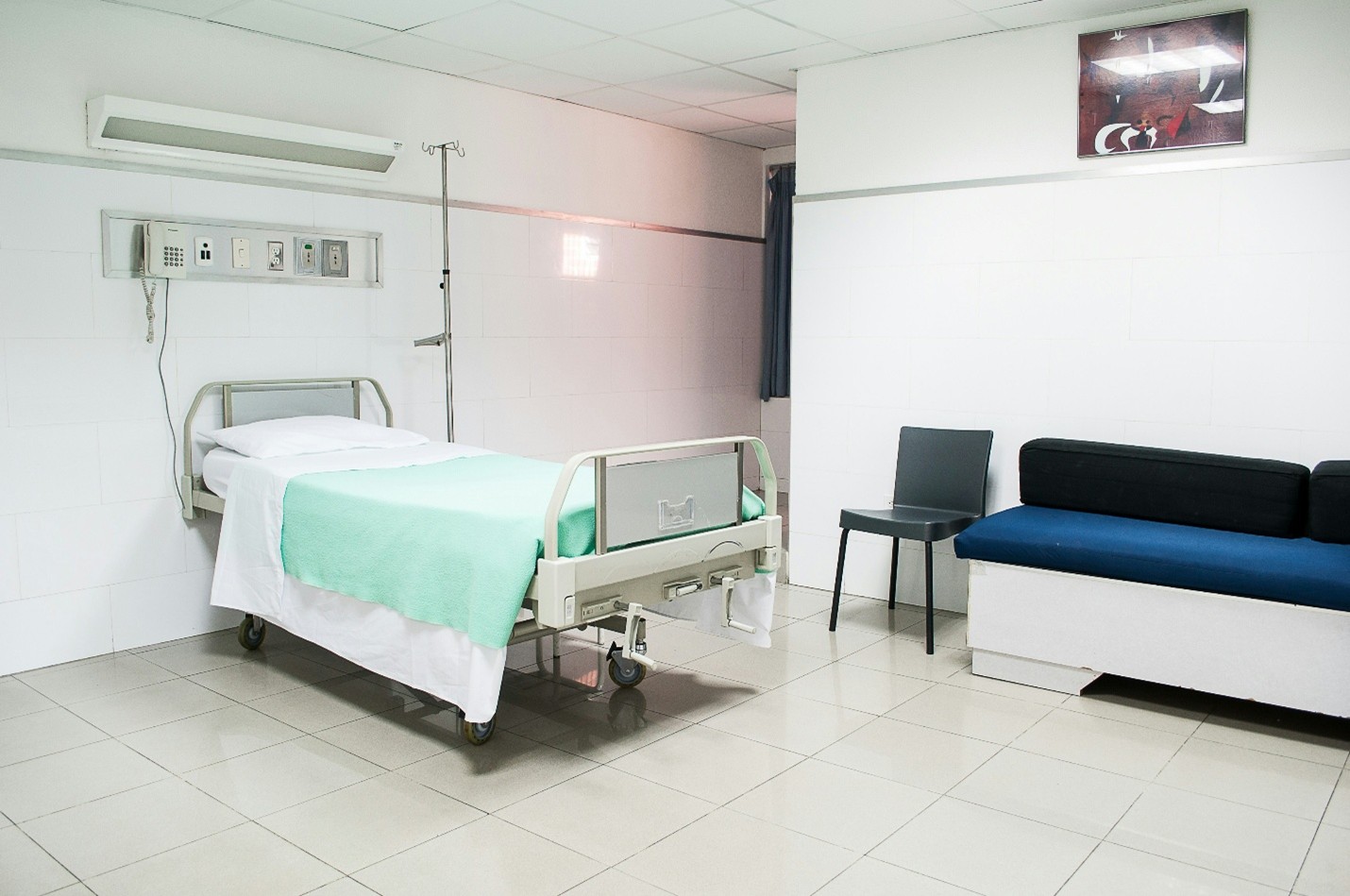When people think of hospital biohazards, they often picture operating rooms and intensive care units. However, dangerous pathogens and hazardous waste can accumulate in less obvious places, creating risks for patients, staff, and visitors alike. Patient rooms, waiting areas, and ambulance interiors are prime locations where biohazards can thrive if not properly managed.
Patient Rooms: A Breeding Ground for Bacteria
Although regularly cleaned, patient rooms can harbor dangerous bacteria and viruses due to the constant influx of patients with various illnesses. High-touch surfaces such as bed rails, call buttons, IV stands, and bedside tables can become reservoirs for harmful microbes, including MRSA and C. difficile. Inadequate sanitation or improper handling of soiled linens and medical waste can further contribute to the spread of infections. Routine deep cleaning and biohazard remediation are essential in these areas to maintain a sterile environment.
Waiting Areas: High Traffic, High Risk
Waiting areas are another overlooked hotspot for hospital biohazards. These spaces are frequented by patients, visitors, and hospital staff, making them a prime location for cross-contamination. Chairs, door handles, magazines, and even vending machines can become contaminated with bacteria and viruses from sick individuals. Additionally, bodily fluids such as saliva from coughing or sneezing may settle on surfaces, posing an infection risk. Hospitals must prioritize regular disinfection of these areas and provide accessible hand sanitizing stations to reduce exposure.
Ambulance Interiors: A Rapidly Contaminated Space
Ambulances transport critically ill and injured patients, often in urgent and uncontrolled conditions. As a result, these confined spaces quickly accumulate biohazards such as blood, bodily fluids, and infectious waste. Emergency responders work in high-pressure situations, sometimes making it difficult to conduct thorough cleaning between patient transports. However, failing to properly disinfect ambulances can lead to the spread of dangerous pathogens like hepatitis B, tuberculosis, and COVID-19. A rigorous decontamination protocol is necessary to ensure the safety of both patients and paramedics.
The Role of Professional Biohazard Cleaning
Given the hidden dangers of hospital biohazards beyond the operating room, specialized biohazard cleaning services play a crucial role in infection control. Professional cleaners have the expertise, equipment, and disinfectants necessary to eliminate dangerous pathogens effectively. By addressing contamination in patient rooms, waiting areas, and ambulances, hospitals can create a safer environment for everyone.
At Bio Clean, we specialize in medical waste disposal and decontamination, ensuring healthcare facilities maintain the highest sanitation standards. Contact us today to learn more about our comprehensive biohazard cleaning solutions.
Photo by Martha Dominguez de Gouveia on Unsplash

